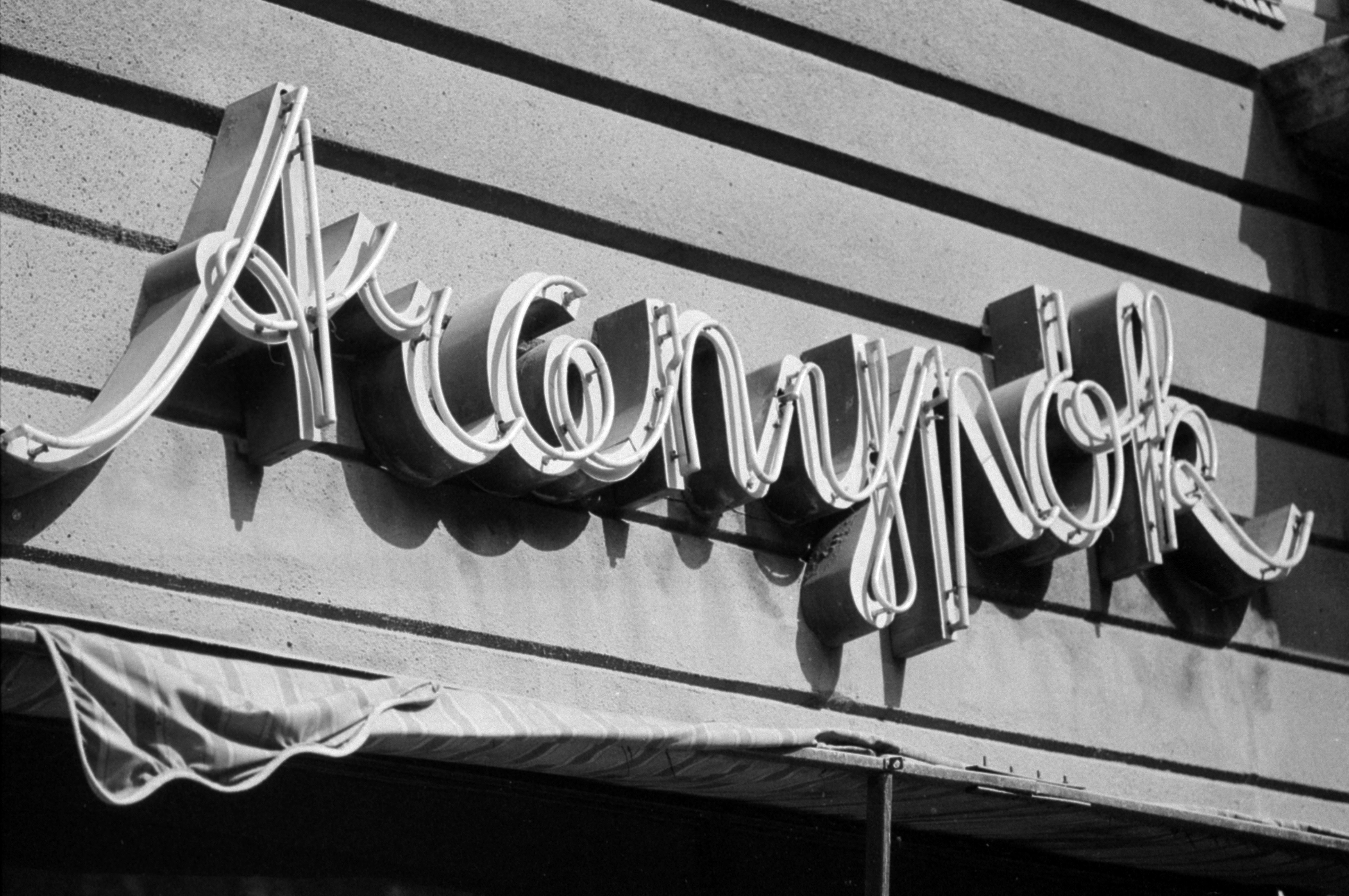The ‘Golden Spider’, Aranypók, started out in 1909 as the Guttmann Fekete Factory of hosiery, knitwear & fabrics, founded by Jenő Fekete and partner. Originally a small business, the factory was employing 700 people by the 1930s, with state-of-the-art machinery and modern apartments provided for the workforce. The design was carried out by craftsmen, producing cotton stockings, fine knitwear, sweaters, jackets and Sisters-branded swimwear, its name fashionably English.
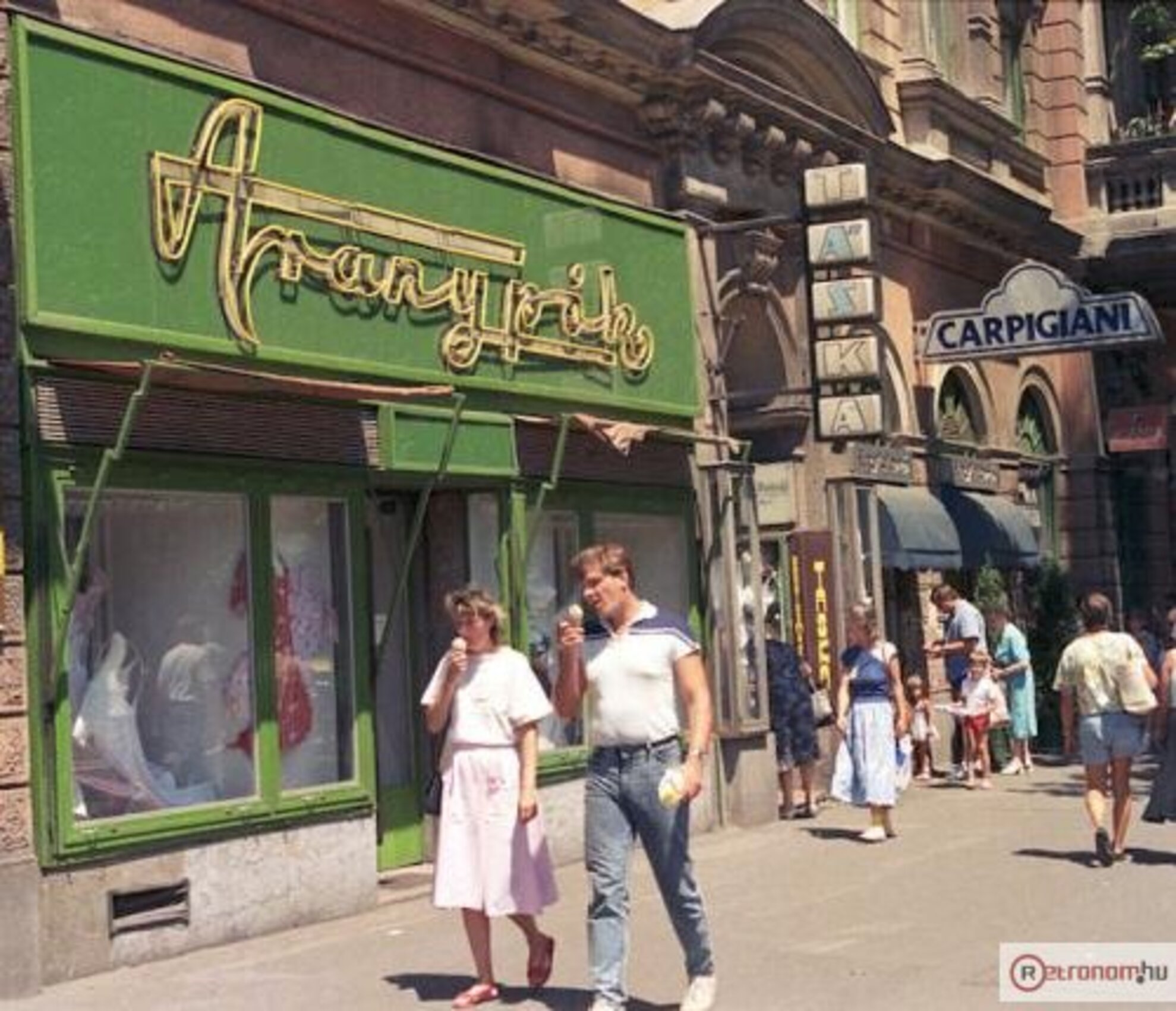
They opened their first retail store on Rákóczi út
in 1924 under the name of Pók. Like any good spider, they began to expand
rapidly, edging out their rivals, so much so that they were served with a writ
for unfair competition.
The court records are quite amusing, citing optical
tuning to make ladies’ ankles extra slim and the effect of colourful heels on
stockings. The firm eventually lost the lawsuit for the illegal use of design
protection, were forced to pay 165,000 pengő.
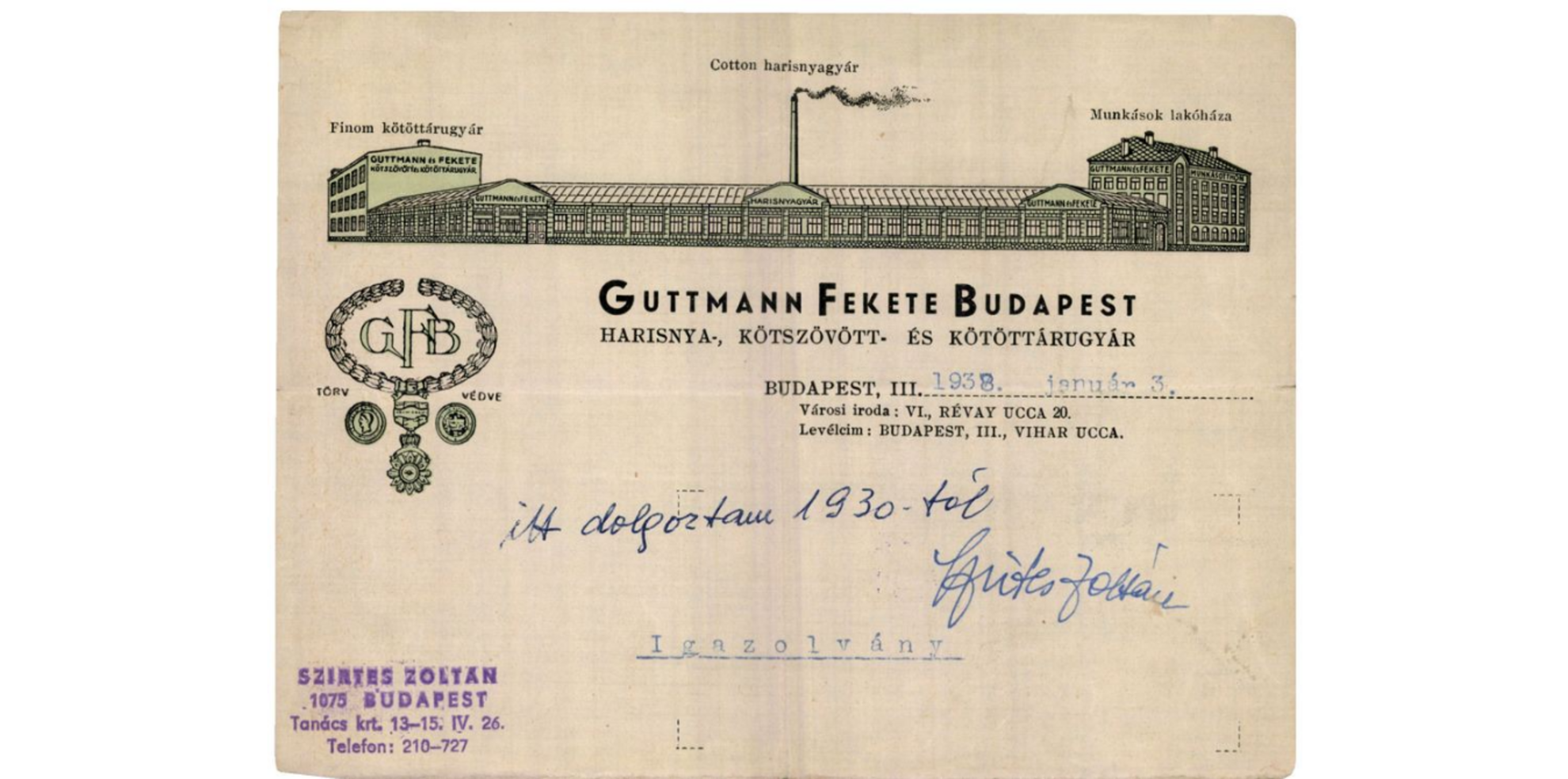
The prosperous period ended with post-war nationalisation, and the Spider stores were transferred to the Budapest Fashion Retail Company. Little data exists for this period, partly due to the economic reorganisation of the post-war era, with the shortage of knitwear, and also to changing fashions and spirit of the age, in which durable goods gained more importance and the female body was little publicised in the press.
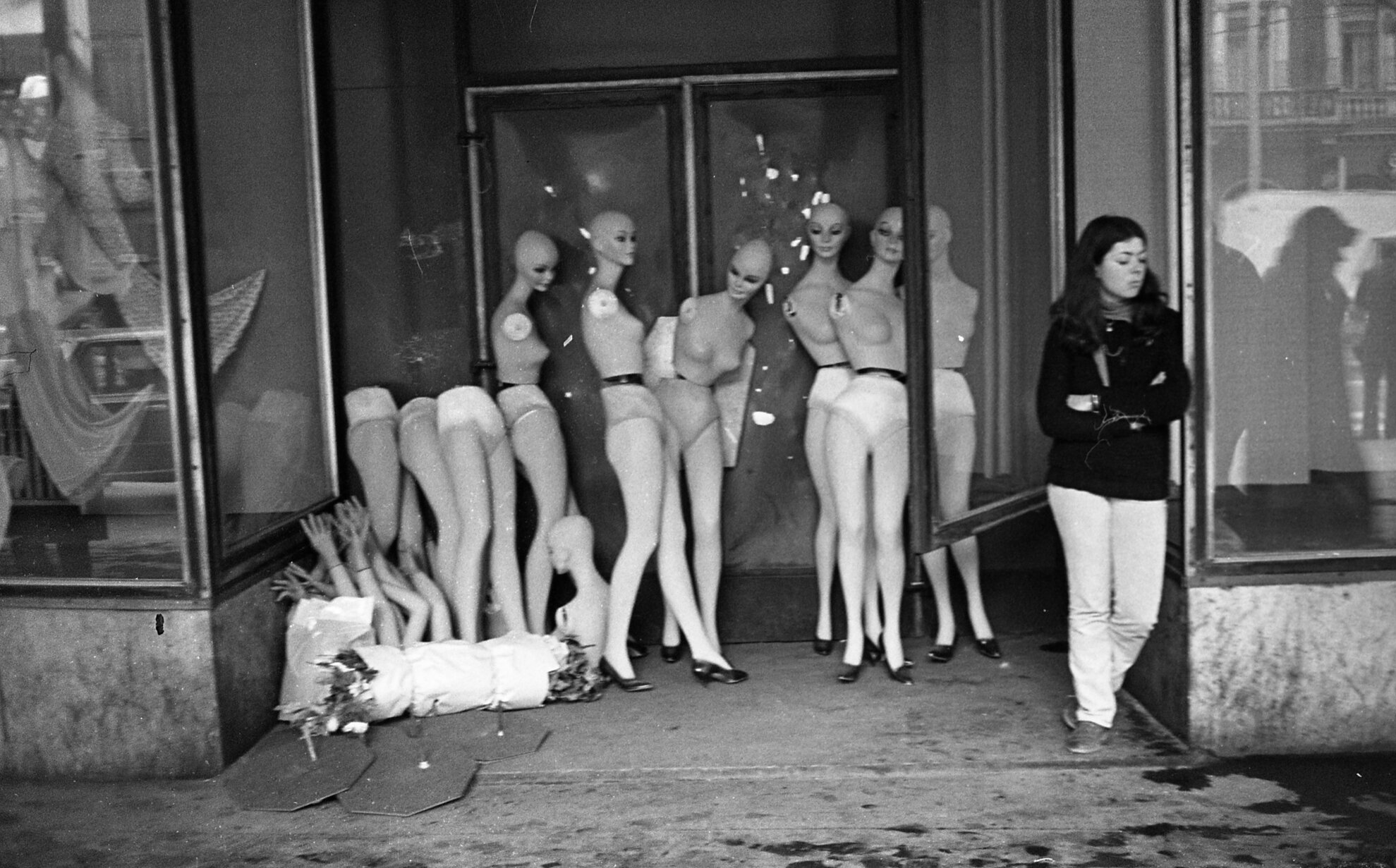
At the end of the 1960s, Aranypók, the ‘Golden Spider’, was born. By the 1970s, some 80 or 90 stores were stocking attractive underwear, with a wider product range, including dressing gowns, fine knitwear and pretty swimwear. Moreover, ladies could select revolutionary foreign products such as brassieres. According to this marketing article on tips for Christmas gifts in the 1960s, the bra was:
“A discreet item that shouldn’t be given to anyone other than a man’s wife”.
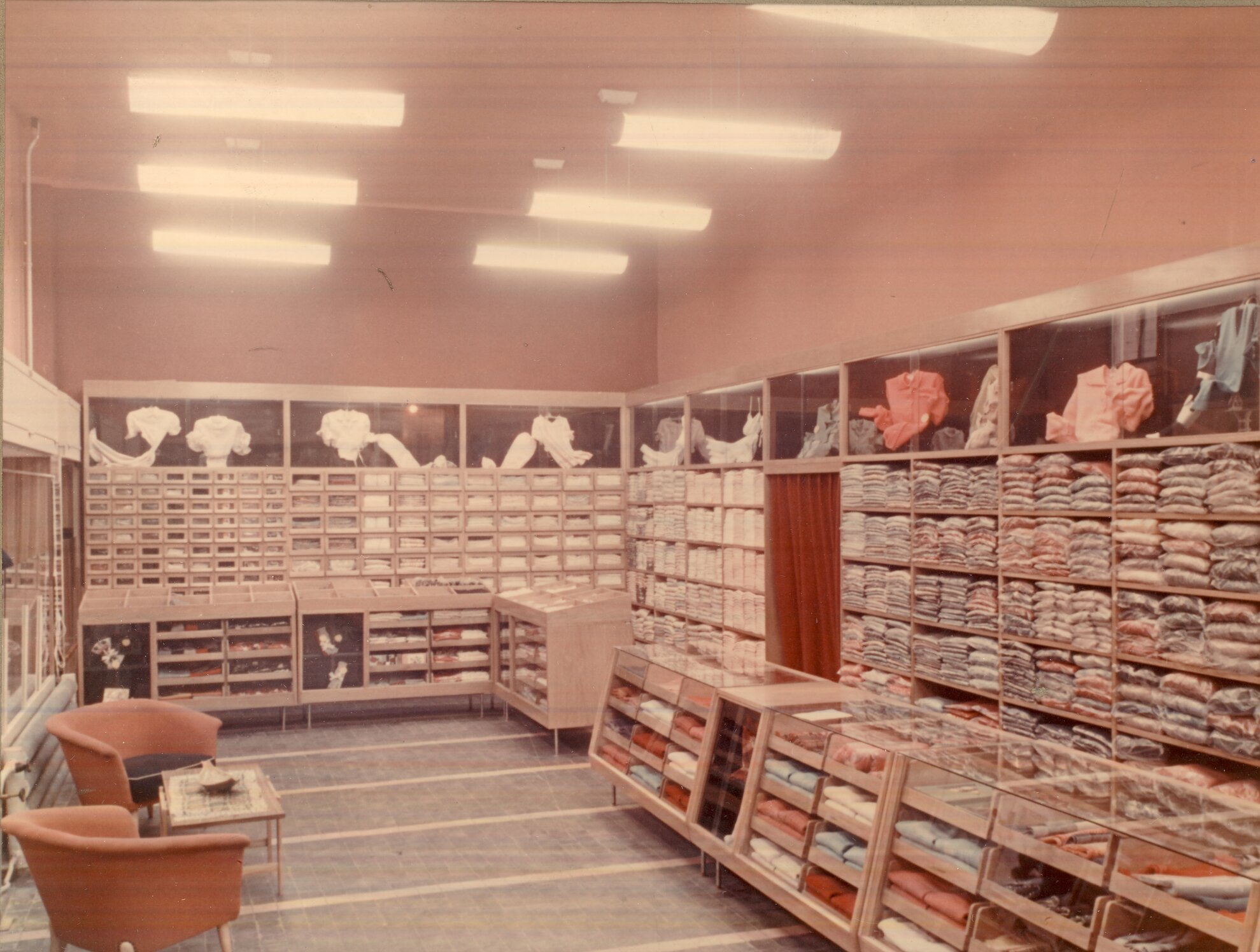
By now, slightly sexier items were embellishing shop windows, along with silk scarves and foreign knitwear.
An interesting addition from the point of view of brand history is that
the old cobweb-shaped logo used before nationalisation was dusted down during
this period, and redesigned in simpler form. The company was one of the first
to sense changing times and, in addition to sophisticated interiors with a
uniform design, products could be purchased in a pretty gift box.
Branded carrier
bags and charming shop assistants allowed Aranypók to stand out from other stores, and
they even advertised with relatively advanced strategies such as soft Latin
music.
This video from the early 1980s shows how hot ads for lace panties and nylons could get.
By the end of the 1980s, the disintegration of the system was beginning
to be felt. A chain of 85 outlets was reduced to about 30, a significant part
of which had already been sold during pre-privatisation.
At that time, company
headquarters, the Fontana Department Store on focal shopping street Váci utca was
also sold. Its history is just coming to an end, in fact. With its recent demolition,
an interesting if divisive example of modern architecture has disappeared.
As for privatisation, mention must be made of Dr András Bartha, whose life is detailed in Attila Varga’s acclaimed book, Hungarian Heroes. Bartha was an active writer himself, and his work, A Handbook of Battle-Axes, perfectly reflects the gender stereotypes of the ’80s.
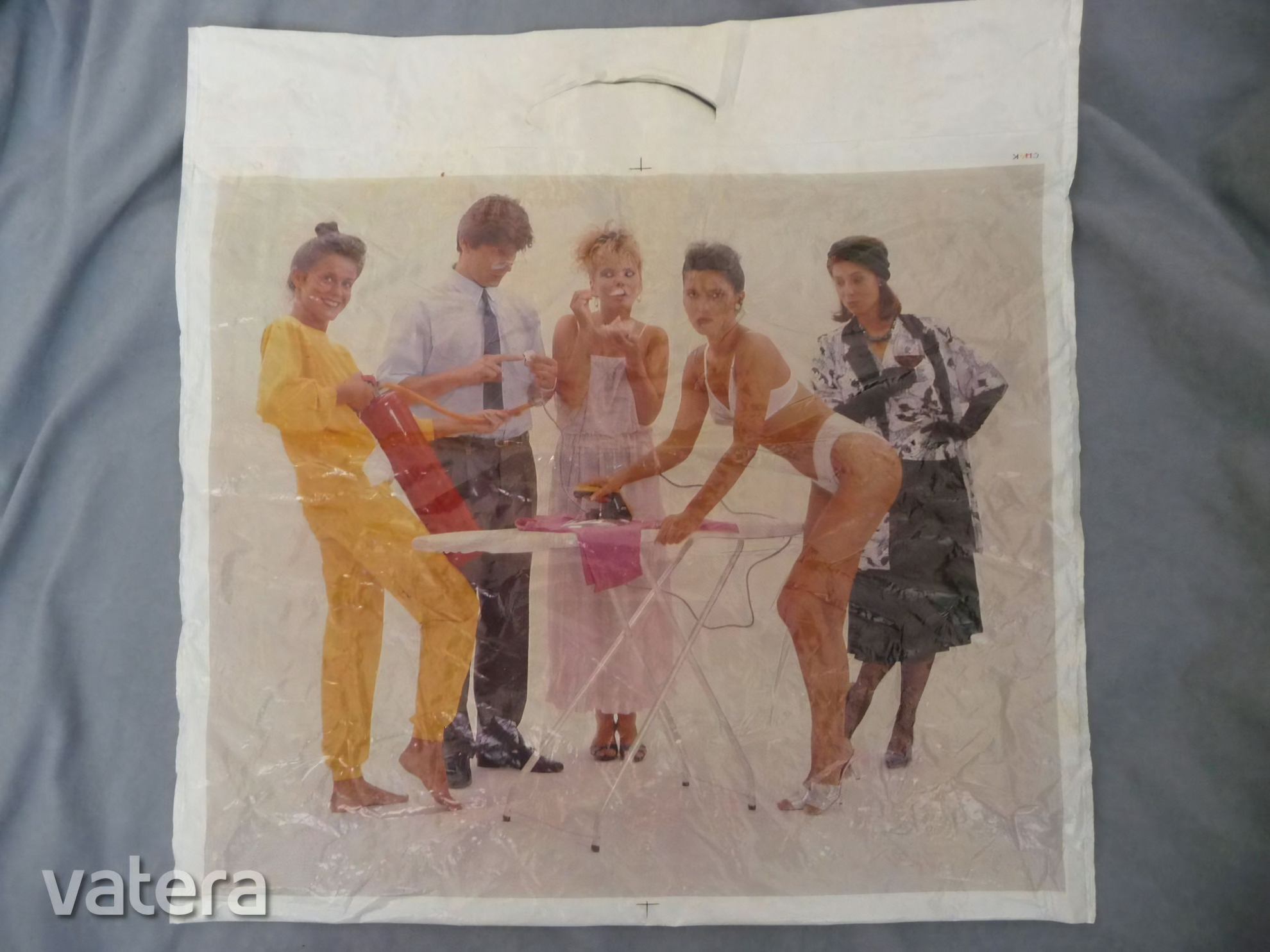
As the company’s charismatic privatisation commissioner, Bartha was deeply involved throughout the process, and it is mainly thanks to him that Aranypók still exists. This loyal company man contacted each employee in person as part of a co-ownership scheme, so that a joint-stock company could be formed in which shop workers also acquired part-ownership. The previous business model was completely transformed, Aranypók became much more economical, and its product portfolio was honed down.

The wild economic environment around the tie of the régime change is perfectly illustrated by the fact that it was even possible to win Aranypók shares in a competition, but the basic idea of putting the company’s fate in the hands of loyal workers was a hit from day one.
Fair shares for all
“The winners of the first round of the national competition Become An Owner were drawn on Friday by a representative of State Property Agency ÁVÜ and Aranypók. The ten winners will each receive a Golden Spider share with a nominal value of 50,000 forints. 2,700 entries were submitted. 591 had the correct answer,” – Hungarian daily Népszava, 1993.
In the ’90s, the Golden Spider was even able to increase its number of its stores, 35 in total, and was present in most of the malls then being unveiled.
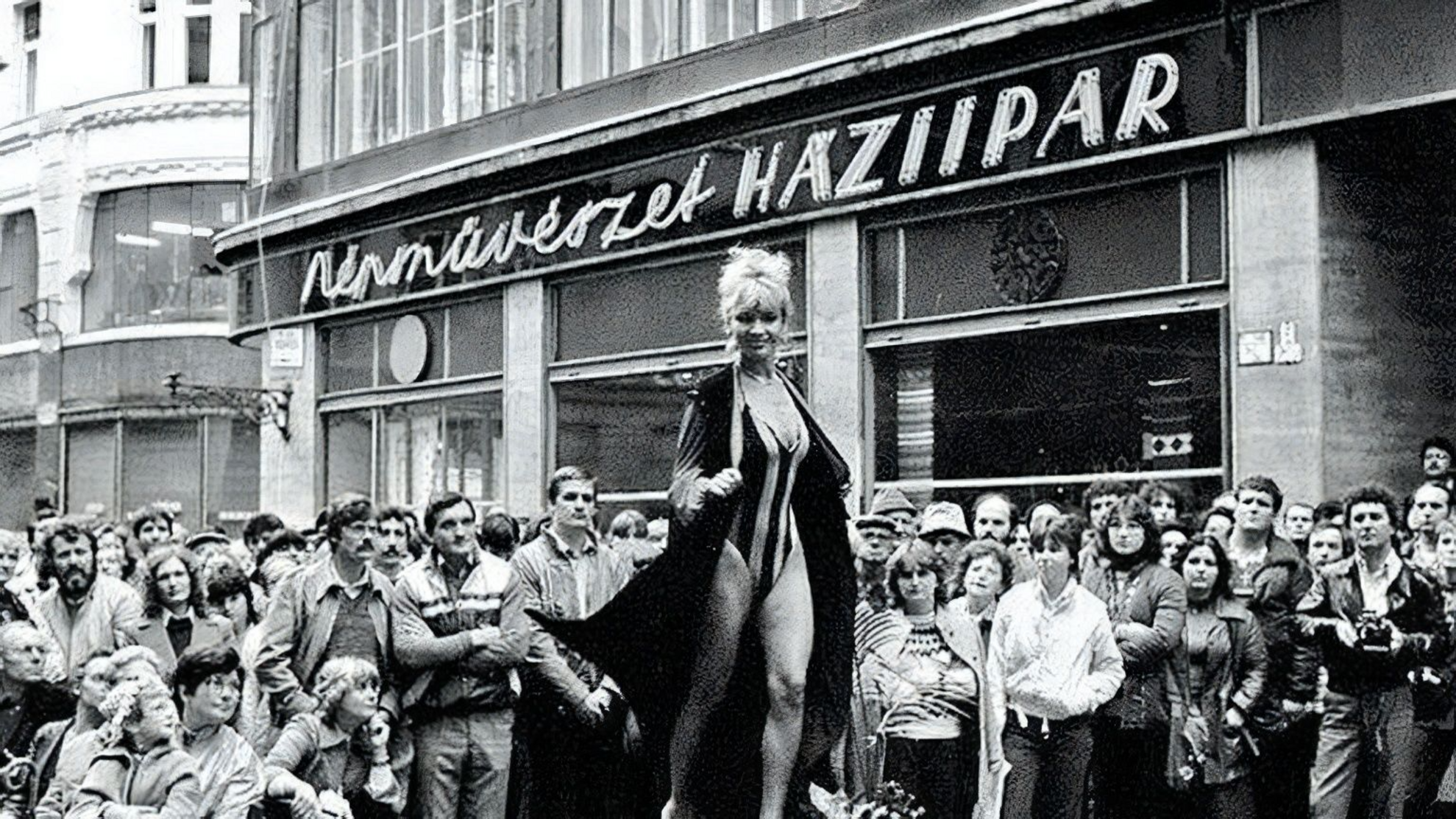
The economic crisis of 2008 brought new problems, with former suppliers
starting independent businesses, store rents becoming unaffordable
and onerous loans to ease the situation. In 2010, it was decided to close
another 15 stores.
The remaining four still operate according to a
franchise system. Given the company’s struggle for survival and the
commitment of its employees, it may be opportune to pop into Kék Golyó or the Aranypók outlet on Árpád utca, just to see if
there might be something rather fetching in stock.
Sources
8 Órai Ujság, 24 December 1933, p43
Magyar Kereskedők Lapja, 18 February 1939
Magyar Hírlap, 11 October 1933
Népszava, 16 November 1993
Attila Varga, Hazai hősök (‘Hungarian Heroes’), Porta Historica Kiadó, 2018
artportal.hu
franchising.hu
nlc.hu
